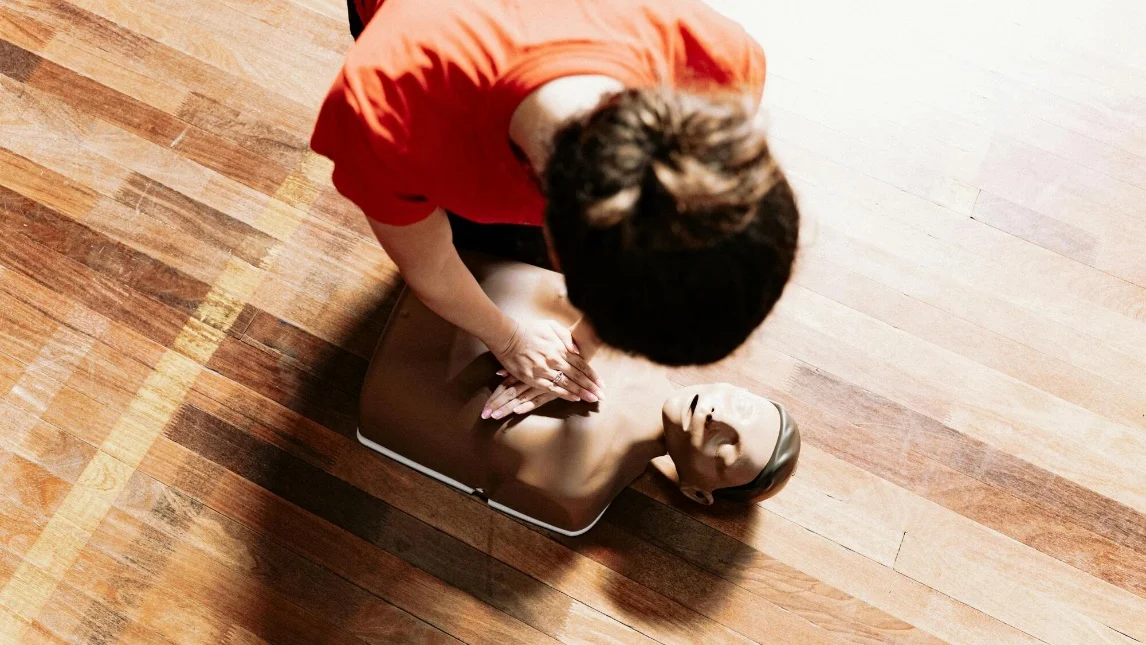Every year, countless lives are saved by individuals who know how to act in emergencies. Whether performing CPR or managing severe bleeding, having lifesaving skills can make the difference between life and death. In our fast-paced world, emergencies can happen without warning.
Being prepared is not just helpful. It can be crucial. Lifesaving skills give people the confidence to respond calmly and effectively, turning a potentially tragic situation into a story of survival.
Explore the key insights ahead.
Understanding Lifesaving Skills
Lifesaving skills cover a wide range of techniques that allow people to respond safely in critical moments. These skills are important in many situations, including accidents at home, sports injuries, or natural disasters. Knowing what to do can help prevent further harm while professional help is on the way.
It also empowers bystanders to step in, instead of freezing in fear. When individuals understand proper emergency responses, they become a resource for others, creating a sense of safety and control during high-pressure situations.
Why Lifesaving Skills Matter
The value of lifesaving skills becomes clear when looking at survival statistics. Immediate intervention by trained bystanders dramatically increases the chance of survival in cases of cardiac arrest.
CPR, for example, can double or triple the likelihood that a person will survive until emergency services arrive. Programs like MyCPR NOW make it easy for people to gain these critical skills online, giving them the confidence to act when it matters most.
Beyond saving lives, these abilities help people feel capable and less anxious in emergencies. Lifesaving skills also strengthen communities, as groups of trained individuals can respond effectively together. This fosters a culture of shared responsibility where everyone looks out for one another.
What You Can Learn
Training programs in lifesaving skills range from basic first aid to advanced certifications. Core skills typically include CPR, basic first aid techniques, and the use of Automated External Defibrillators (AEDs). First aid training covers how to treat wounds, burns, and fractures, while CPR teaches how to maintain circulation and breathing during cardiac emergencies.
Training often includes emergency response protocols, helping participants assess situations quickly and accurately. By gaining these skills, you position yourself to remain calm, take decisive action, and guide others safely through chaotic moments.
Taking the First Step
Becoming trained in lifesaving skills is more than a credential. It is a way to engage fully with life, knowing that you can help protect those around you. Whether you are a student, a parent, or a working professional, these skills allow you to contribute to a safer community.
Lifesaving training transforms ordinary people into capable responders. Each course completed and each skill learned enhances both personal growth and community well-being.
Becoming a Lifesaver Today
By taking the step to enroll in lifesaving courses, you equip yourself to act decisively when every second counts. These skills allow you to move from being a bystander to being a hero in emergencies. Lifesaving training also fosters a community of individuals who are prepared, confident, and committed to helping others.
Begin your training today and join the growing network of people who make a real difference when it matters most. Stay inspired. Head to our blog for even more helpful content!
Don’t miss the spotlight—today’s featured post is captivating and bold.

